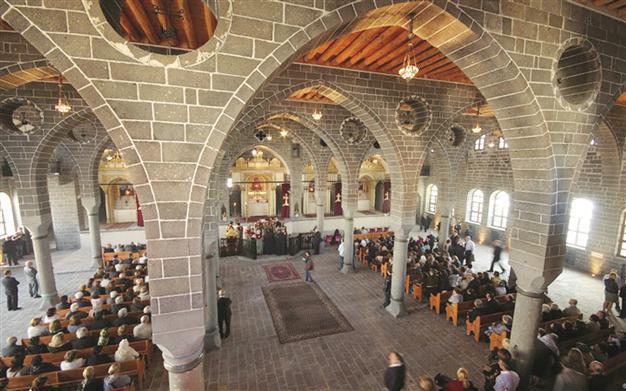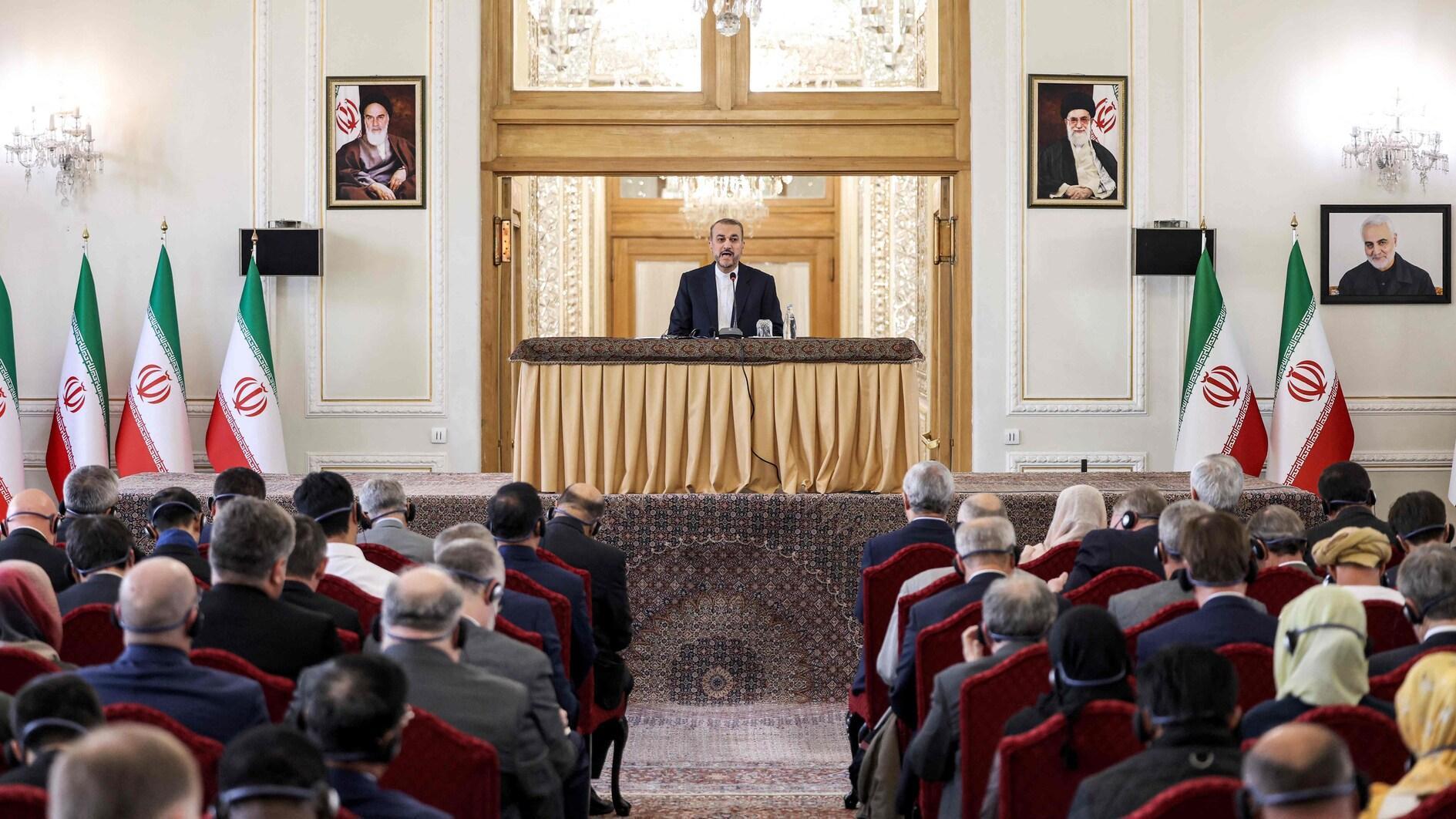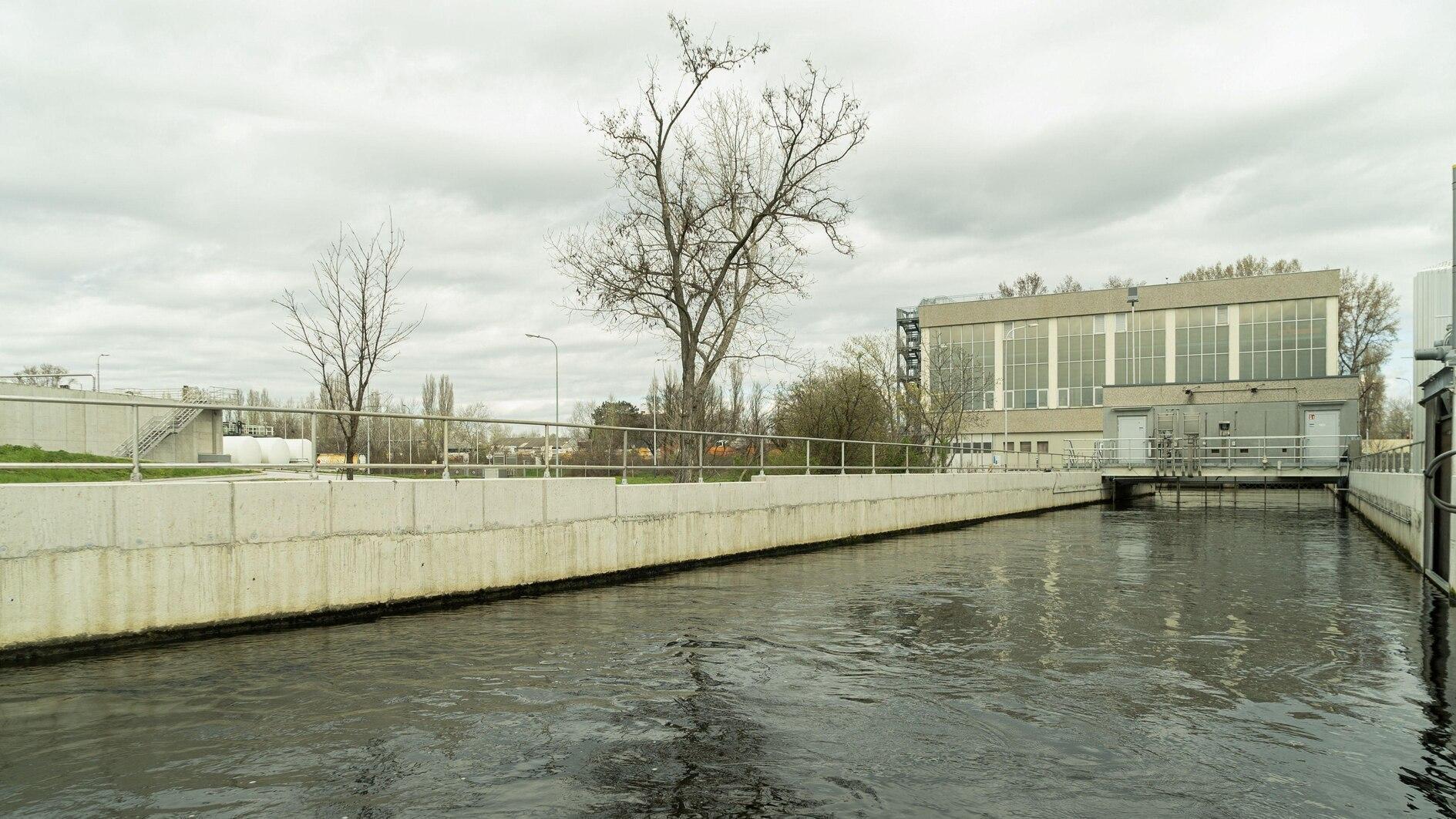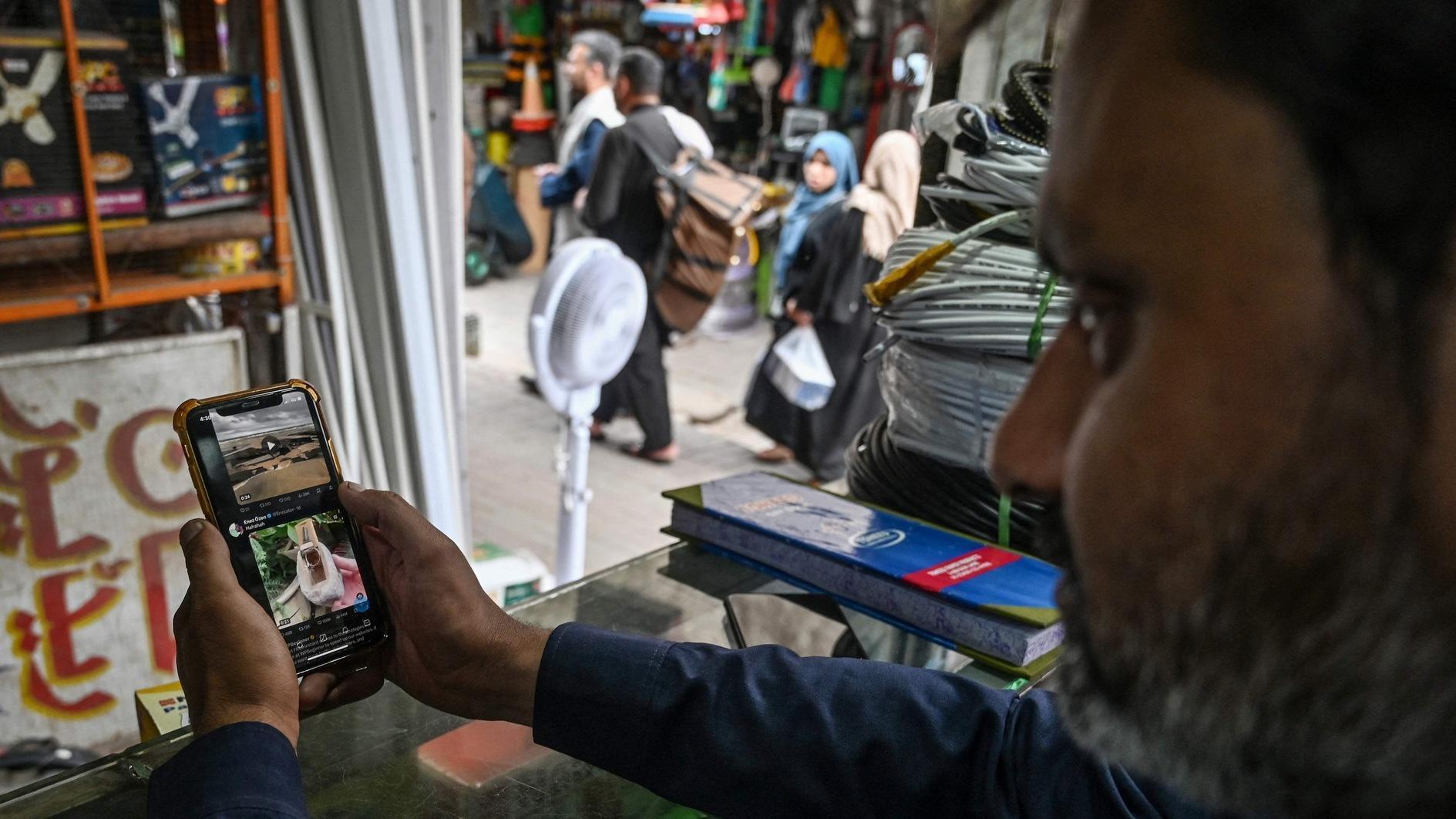Diyarbakır's Surp Giragos Church set to have Armenian museum
ISTANBUL - Hürriyet Daily News

The Surp Giragos Church was reopened for services two years ago.
A part of the Surp Giragos Armenian Church in Diyarbakır will be opened as a museum for the history of the Armenians from the southeastern province.Ergün Ayık, head of the Surp Giragos Church Foundation, told the Hürriyet Daily News that a building within the church’s complex would be transformed into the Diyarbakır Armenians History Museum.
Ayık said that upon his meetings with Diyarbakır Mayor Osman Baydemir and the Diyarbakır Culture and Tourism Directorate, the Armenian Culture and Arts section of the Diyarbakır City Museum, which is to open in a newly renovated historical building, would be opened within the Surp Giragos Church.
The church was renovated and opened for services two years ago thanks to donations from the Armenian community and Diyarbakır Metropolitan Municipality. Stating that the interior design of the Armenian museum would be handled by the municipality, Ayık said the museum’s security would also be provided by the same office.
“The cleaning, electricity and water costs will be catered by the municipality, as well as the 24-hour surveillance of the church complex,” said Ayık. “Thus, our foundation will be freed of an important amount of costs.”
Call to Armenians
The foundation president said the museum would be formed from personal belongings and called for the Armenians, who possessed objects from their ancestors, to send them to the Surp Giragos Church Foundation. He added that as the building was going to be constructed according to the collected objects, potential donors should make haste in shipping their belongings.
Concerning the objects to be displayed, Ayık said belongings from Armenian artistic, cultural and economic life – including old letters, commercial documents, music pieces, household appliances, clothing, paintings, carpets and rugs, stalls and craftsmen’s tools – would be exhibited in the museum.
He said the collected belongings would be transferred to the inventory of the foundation pending the signing of a protocol for the museum.
Ayık said that until four years ago, the only remaining trace of Diyarbakır’s Armenians was two ruined churches in the city, adding that Armenians had lived in the region for “thousands of years” and had built a “big kingdom.”
“I wish with my whole heart that the happiness and positive mood deriving from invigorating the past that was fading into oblivion and paying the debt of conscience we owe to our ancestors will be felt by a greater part of our society,” Ayık said.
















